The civilization of Ireland (or the Celtic people) is an old one, dating as far back as 8000BC. It’s no surprise, therefore, that the country has a rich heritage and very old traditions and symbols. Irish symbols speak of creative, delightful people, from leprechauns to shamrocks and Claddaghs to the Celtic Cross. Below are some of the most popular Irish or Celtic symbols that have found their way through history, myths, legends, and folktales.
The Claddagh
The Shamrock
The Celtic Cross
The Leprechaun
The Irish Harp
The Tricolor Flag of Ireland
|
|
The BansheeThe Banshee, from the Irish bean sÃdhe, is a feminine spirit in Irish mythology, usually seen as an omen of death and a messenger from the Otherworld. In Irish legend, a banshee wails nearby if someone is about to die. There are particular families who are believed to have banshees attached to them and whose cries herald the death of a member of that family. |
|
Grogochswere originally half human, half-fairy aborigines who came from Kintyre in Scotland to later settle in Ireland. The Grogoch is well-known throughout north Antrim, Rathlin Island and parts of Donegal, Grogochs may also to be found on the Isle of Man, where they are called “Phynnodderee”. Resembling a very small elderly man, though covered in coarse, dense reddish hair or fur, he wears no clothes but sports a variety of twigs and dirt from his travels. Grogochs are not noted for their hygiene: there are no records of any female Grogochs. |
ChangelingsA changeling is a creature found in Western European folklore and folk religion. It is typically described as being the offspring of a fairy, troll, elf or other legendary creature that has been secretly left in the place of a human child. Sometimes, the term is also used to refer to the child who was taken. |
PookaThe Puca or Pooka (Irish for a goblin) is a creature of Celtic folklore, notably in Ireland, the West of Scotland, and Wales. It is one of the myriad fairy folk and, like many fairy folks, is both respected and feared by those who believe in it. |
The Irish Dullahanis a type of Unseelie fairie. It is headless, usually seen riding a black horse and carrying his head under one arm. The head’s eyes are massive and continuously dart about like flies, while the mouth is consistently in a hideous grin that touches both sides of the head. The flesh of the head is said to have the colour and consistency of mouldy cheese. The Dullahan’s whip is a human corpse’s spine, and the wagons they sometimes use are made of similarly funereal objects. When the Dullahan stops riding, it is when a person is due to die. The Dullahan calls out their name, at which point they immediately perish. |
|
|

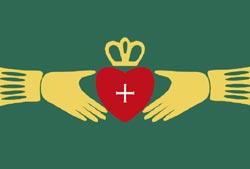
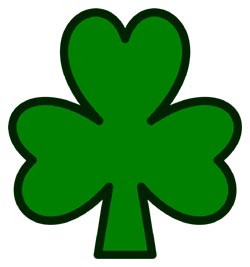
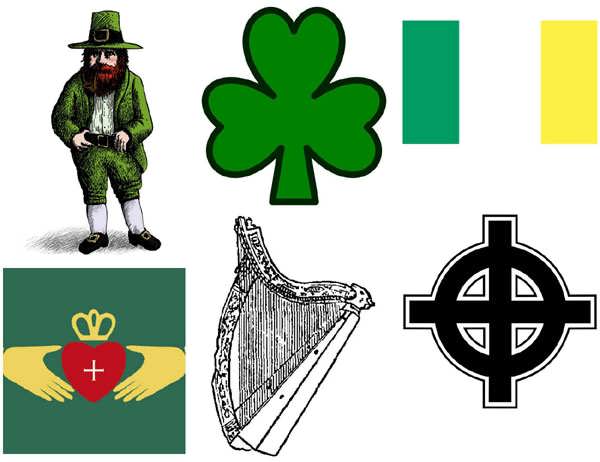
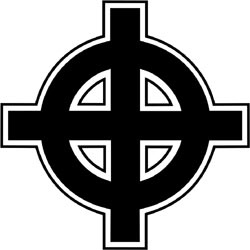
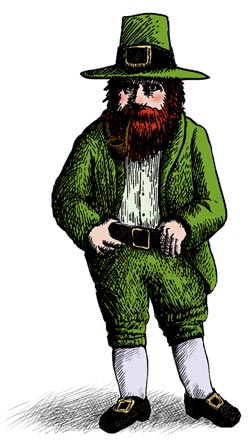
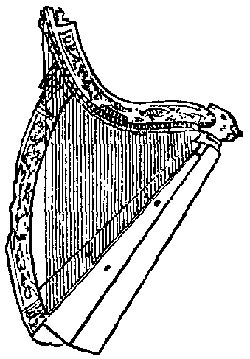
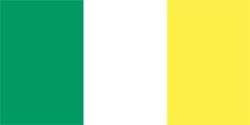
 The Harp
The Harp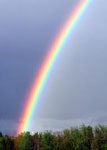 Rainbows
Rainbows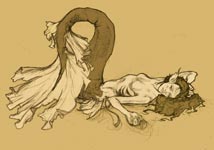 Merrows
Merrows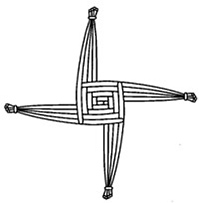 St. Brigid’s Cross
St. Brigid’s Cross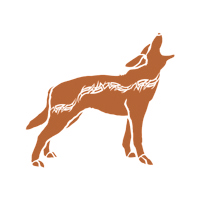 Wolfhound/Hound
Wolfhound/Hound